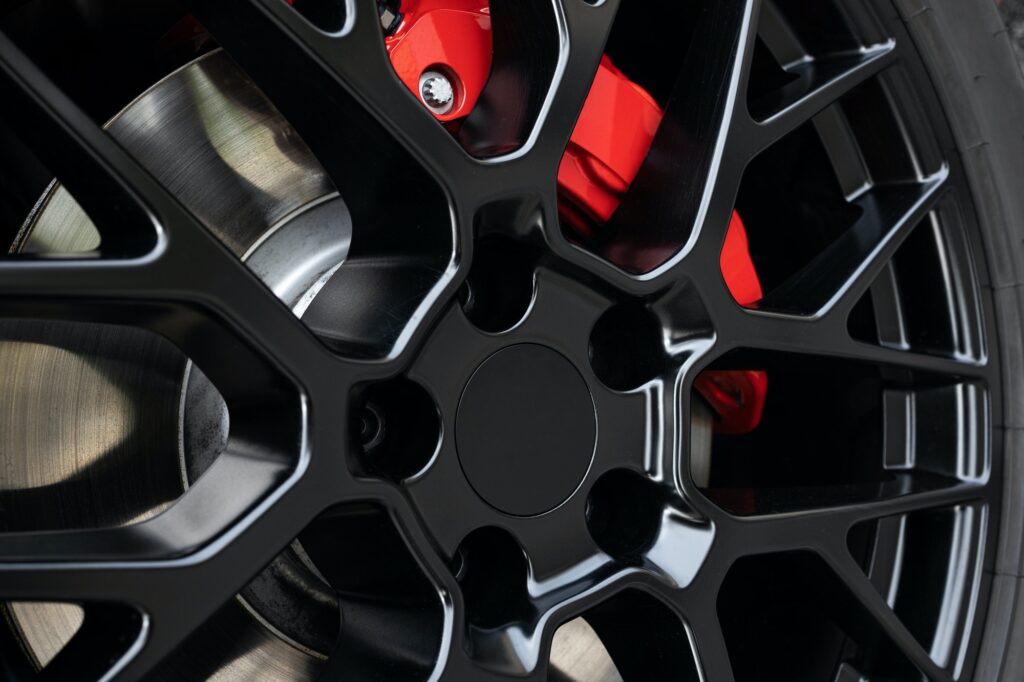Electric vehicles (EVs) have surged forward in the race toward a cleaner, more sustainable future for personal transportation. Among the myriad of technologies that make these vehicles efficient and eco-friendly, regenerative braking stands out as a significant contributor to their enhanced range and improved energy utilization. As the automotive industry continues to evolve, understanding the principles and functionalities of regenerative braking systems becomes crucial for both consumers and professionals alike. This detailed guide delves into the mechanics of harnessing kinetic energy through regenerative braking and how these systems operate within the electric vehicle paradigm.
Harnessing Kinetic Energy: The Basics
When it comes to motion, kinetic energy is the driving force. In traditional vehicles, kinetic energy is dissipated as heat when the brakes are applied, essentially wasting a valuable energy source. Electric vehicles, however, have turned the tables by employing regenerative braking, a process that recovers some of this energy. The principle behind regenerative braking is straightforward: it involves converting the vehicle’s kinetic energy back into electrical energy, which can then be stored and reused to power the vehicle’s electric motor.
The magic of regenerative braking begins the moment a driver lifts their foot off the accelerator. Instead of solely relying on conventional friction brakes to slow down, an EV’s electric motor goes into reverse mode, acting as a generator. As the wheels transfer kinetic energy back to the motor, this energy is transformed into electricity. This process not only slows the vehicle down but also channels the harvested electrical energy to the battery, effectively recharging it during the course of driving.
The efficiency of regenerative braking systems varies among different EV models and driving conditions. The amount of energy that can be recaptured is influenced by factors such as the vehicle’s speed, the state of the battery, and how abruptly the driver decelerates. While regenerative braking can’t recover all of the energy lost during deceleration, it significantly enhances the overall efficiency of electric vehicles, contributing to extended driving ranges and reduced wear on traditional brake components.
Regenerative Systems: How They Work
Delving deeper into the inner workings of regenerative braking systems reveals a complex interplay of mechanical and electrical components. At the heart of the system lies the electric motor, which is intricately connected to the vehicle’s battery and control electronics. When regenerative braking is activated, the motor inverts its role from consumer to producer of electricity, feeding power back into the battery. This process is dynamically managed by an advanced electronic control unit (ECU) that dictates the level of regenerative braking applied, ensuring optimal energy recovery while maintaining vehicle stability.
The integration of regenerative braking with conventional friction braking is a key aspect of its functionality. As the system recaptures energy, it also needs to provide the driver with a consistent and familiar braking feel. To achieve this, engineers have developed sophisticated algorithms that seamlessly blend regenerative and friction braking. The system is engineered to prioritize regenerative braking to maximize energy recuperation, with friction brakes engaging as necessary, particularly when a rapid or complete stop is required.
Furthermore, regenerative braking systems are not a one-size-fits-all solution. Automakers tailor the aggressiveness of the regenerative braking to the vehicle’s design and intended use. Some EVs offer drivers the ability to adjust the level of regenerative braking, toggling between more aggressive settings that allow for "one-pedal" driving, where lifting off the accelerator can bring the car to a complete stop, to less aggressive modes that mimic the coasting sensation of conventional vehicles. This flexibility not only enhances the driving experience but also enables drivers to optimize their vehicle’s energy recovery based on their driving style and conditions.
Regenerative braking systems represent a brilliant adaptation of EV technology that turns a once-inevitable energy loss into a valuable resource for extending vehicle range and enhancing efficiency. This kinetic energy capture mechanism not only reflects the ingenuity behind electric vehicle design but also underscores a commitment to environmental stewardship by reducing dependence on external charging sources and minimizing brake wear. As electric vehicles continue to evolve, the regenerative braking system stands as a testament to the power of innovation in creating a more sustainable and energy-conscious future for personal transportation.
Please rate this post

With over 20 years of experience in the car business, I’ve navigated the evolution of the industry from traditional sales to the dynamic digital age. My journey through various roles in both sales and management has endowed me with a unique perspective on the challenges and opportunities in automotive sales today.
As the founder of Shawn Ryder Digital, I combine my extensive background in technology with my deep understanding of the automotive industry. This synergy allows me to craft digital marketing strategies that are not just effective but tailored to the specific needs of each dealership. My commitment is to drive your sales, enhance your brand awareness, and ensure your dealership thrives in the digital landscape.
Here at Shawn Ryder Digital, we’re not just about providing services; we’re about building partnerships. As I often say, “In the fast-paced world of digital marketing, staying ahead isn’t just an option; it’s a necessity.”
Together, let’s embrace the challenges of the digital age and turn them into opportunities for growth and success. Join me in redefining the future of automotive digital marketing. Let’s accelerate your dealership’s journey to the top.
